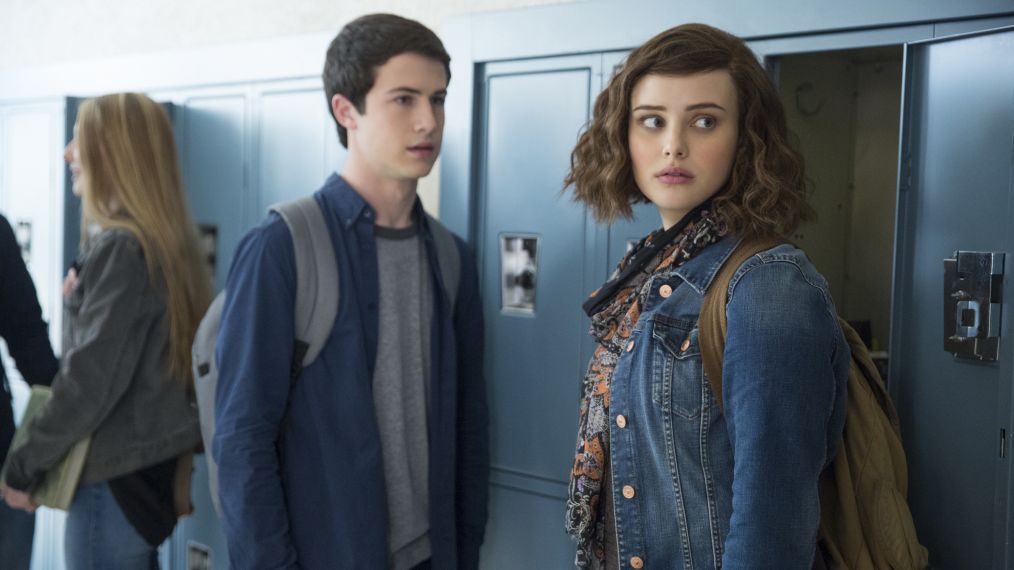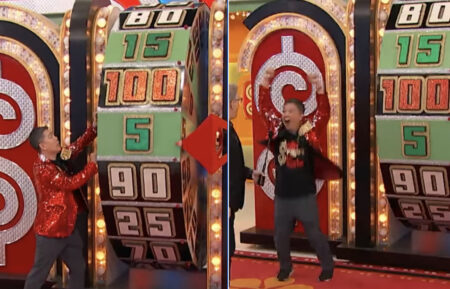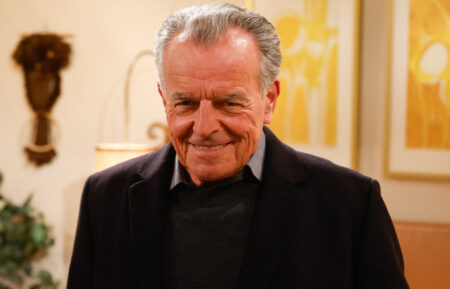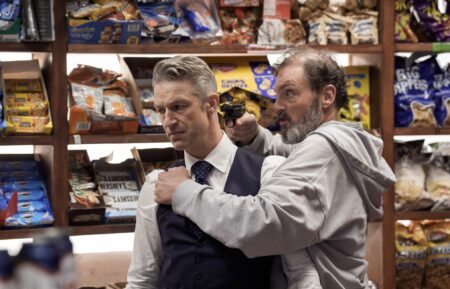Does ’13 Reasons Why’ Go Too Far? Inside the Raging Debate Surrounding the Netflix Drama

Column
In the heart-wrenching climax of the Netflix series 13 Reasons Why, based on the bestselling 2007 young adult novel by Jay Asher, 17-year-old narrator Hannah Baker (Katherine Langford, above, with Dylan Minnette) commits suicide in a graphic scene. The depiction of her death unleashed a backlash that began soon after the buzzy show started streaming on March 31. Advocates for adolescent mental health warned that it could lead to copycat behavior. Schools and teen-suicide hotlines issued alerts. Netflix added stronger content warnings before each of the 13 episodes. (The series is already rated MA for mature audiences.)
The concern is not unwarranted, according to Dr. Sansea Jacobson, a child and adolescent psychiatrist at Services for Teens at Risk (STAR), a center specializing in preventing suicide for depressed and anxious youth. “We know from research that any kind of dramatized portrayal of suicide on the screen can lead to increased rates of suicide,” says Jacobson, who’s also an assistant professor of psychiatry at the University of Pittsburgh.
“For a small portion of the population, there are risks,” echoes psychologist Dr. Helen Hsu, who served as a consultant on the series. Hsu oversees a children’s clinic and has worked on school-based mental health for more than 15 years. “I would not recommend it for people having active suicide ideation or recovering from sexual assault [which is also depicted].”
For other teens, though, the process of watching the drama (and the follow-up half-hour show, Beyond the Reasons) alongside their parents and discussing it with them afterward can be positive. “Talking and asking about suicide does not increase the risk,” Jacobson says. “It’s silence that’s dangerous.”
Breaking the silence about suicide and other crises the show’s high school characters face—like sexual assault and cyberbullying—was exactly what show creator Brian Yorkey wanted to achieve with the tale of sensitive Hannah, who left behind a set of cassette recordings explaining who and what led her to take her own life.
“It was and is my hope that 13 Reasons Why sparks conversations, particularly among parents and children,” Yorkey says. “I was surprised at the volume of the backlash and, in some ways, disheartened by the controversy. I have deep respect for teen mental health advocates’ concerns about vulnerable young people. I also feel that we’re bringing to light issues adolescents deal with every day in this country in a way that is more honest, straightforward and truthful than other versions of these stories in popular culture.”
It’s important to remember that Hannah’s story isn’t meant to represent all at-risk teens. Studies have shown that 90 percent of those who commit suicide suffer from a mental disorder, which was not a part of the 13 Reasons Why narrative. But the fact that Americans are having a dialogue about a scary subject could end up doing more good than harm.
Says Yorkey: “Oftentimes, it takes presenting things in a fictional setting for us to be able to talk about their role in our actual lives.”








